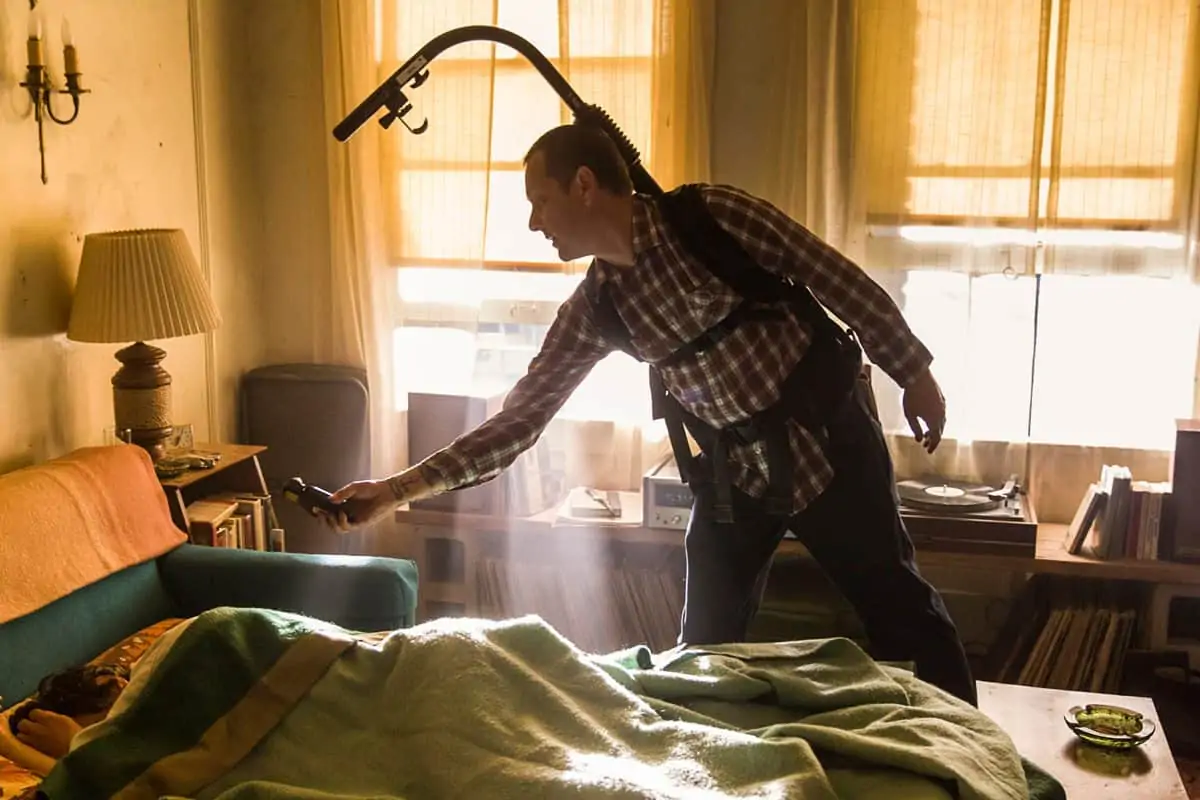Nature On Film
Matthias Königswieser / Christopher Robin
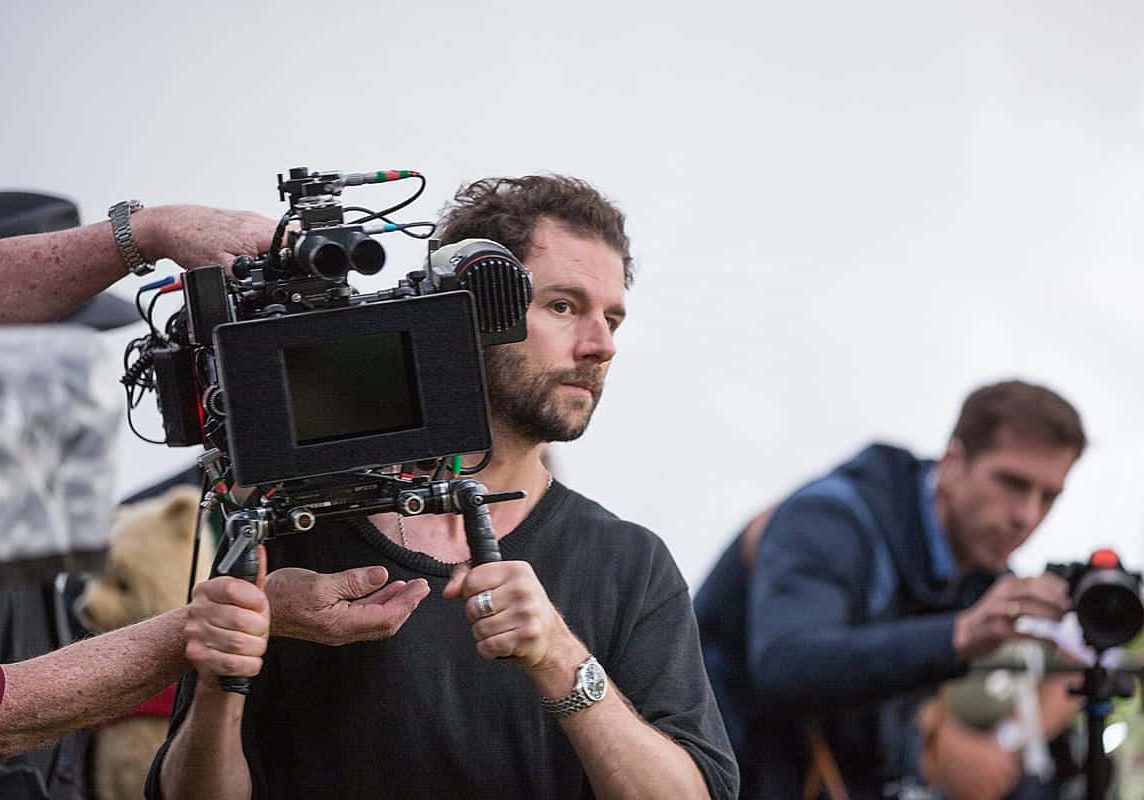
Nature On Film
Matthias Königswieser / Christopher Robin
BY: Ron Prince
“Before I started on the production, I knew in the back of my mind that film was the only way to show off the natural beauty of the enchanted forest,” says DP Matthias Königswieser, about his decision to mix celluloid into the cinematographic recipe for Disney’s live-action production of Christopher Robin.
“I knew by capturing nature on film, especially 65mm film, that it would have a tremendous impact on the audience. It would also be the ultimate homage to the stories and beautiful drawings from the original ‘Winnie-the-Pooh’ book.”
He adds: “Everything that you see involving nature in Christopher Robin – at least a third of the entire movie – was shot on 65mm or 35mm film, and the vast majority of that was captured in natural, available light.”
The $80m production, directed by Marc Forster, is inspired by A. A. Milne’s classic 1926 ‘Winnie-the-Pooh’ volume, illustrated by E. H. Shepard’s iconic drawings. The plot follows the grown-up Christopher Robin (Ewan McGregor) who has lost his sense of imagination, only to be reunited with his old stuffed bear friend, Winnie-the-Pooh (voiced Jim Cummings), plus Tigger, Piglet and Eeyore, and to rediscover with them the delights of the Hundred Acre Wood and Pooh Sticks Bridge.
Principal photography on Christopher Robin began in August of 2017 in the UK, with production concluding in 70 shooting days later in November. Much of the filming of the Hundred Acre Wood scenes took place at Ashdown Forest and Pippingford Park, East Sussex, which were among the inspirations for the original stories, along with private grounds in the Royal Windsor Great Park. Set builds and stagework, which were shot digitally, were conducted at Shepperton Studios, UK, with Pinewood Studios’ U-stage used for the movie’s water sequences.
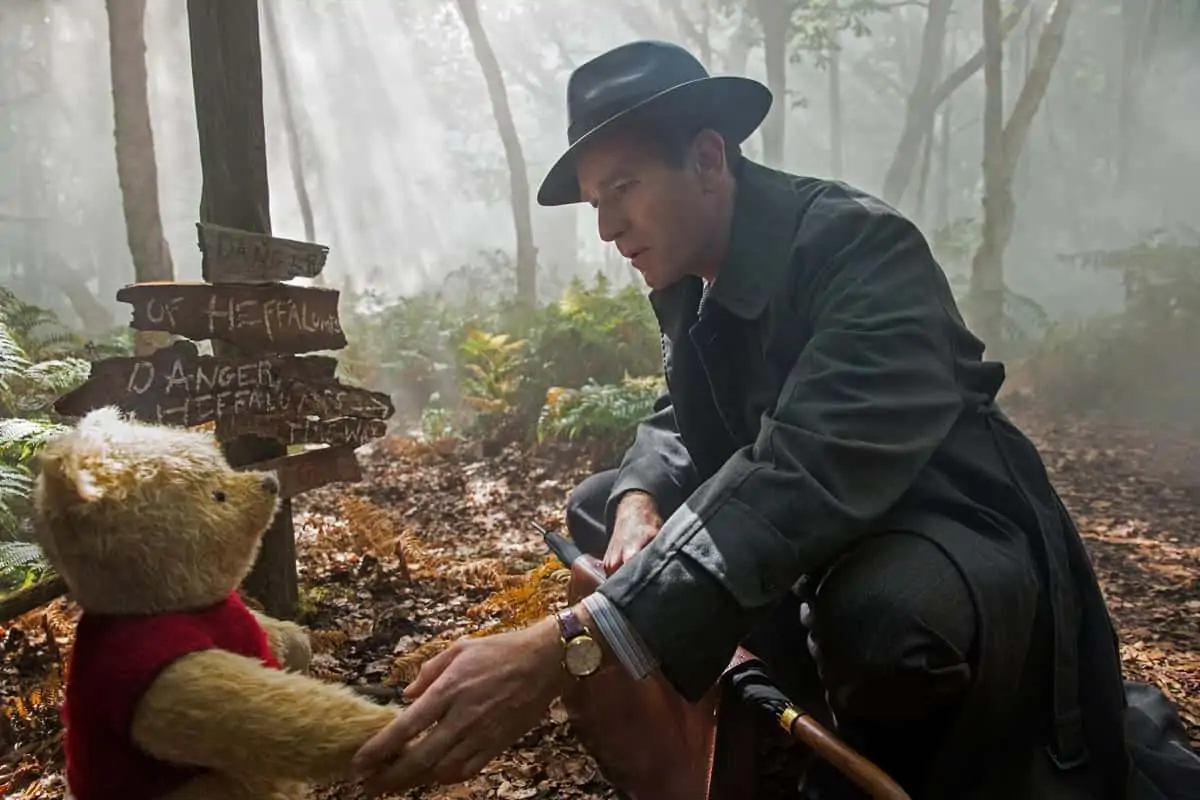
Although Christopher Robin was initially planned entirely as a digital production, Königswieser says that his and Forster’s vision for the production was such that, during the four-month prep period, they undertook a series of film tests with the aim of persuading the studio as to the advantages of celluloid.
“In just a few strokes of the pen, the original drawings of E. H. Shepard evoked great emotion, and I wanted that to translate into the cinematography,” Königswieser recalls. “Overall, Marc and I both envisaged a textured, naturalistic and grounded look, very poetic and playing on a nostalgic level. We especially wanted to make nature, and the forest scenes, tangible to the audience. We wanted people to feel the magical sensations of the morning dew, the wind, the shadow play of the sunshine filtering through the canopy of the trees – although we didn’t want to over-light or over-treat the images.
“However, when you are shooting in the elements, capturing nature, especially green, digital is a very different story to shooting on film. With celluloid, the presence of nature, the subtlety of colour, are so much more real, organic and true than you can get from digital in its current form.
“Plus the grain structure of film adds texture to the movie magic. It pulls you into the image, into the story, and helps you to forget about reality. With the filmed image, it’s like you are reading a real book or observing an oil painting, as opposed to an e-reader or viewing an acrylic. So to achieve our vision, we realised that we needed to go to the highest level, and to shoot these nature scenes on film. I could not let it rest, and felt that there was a good fight to be fought.”
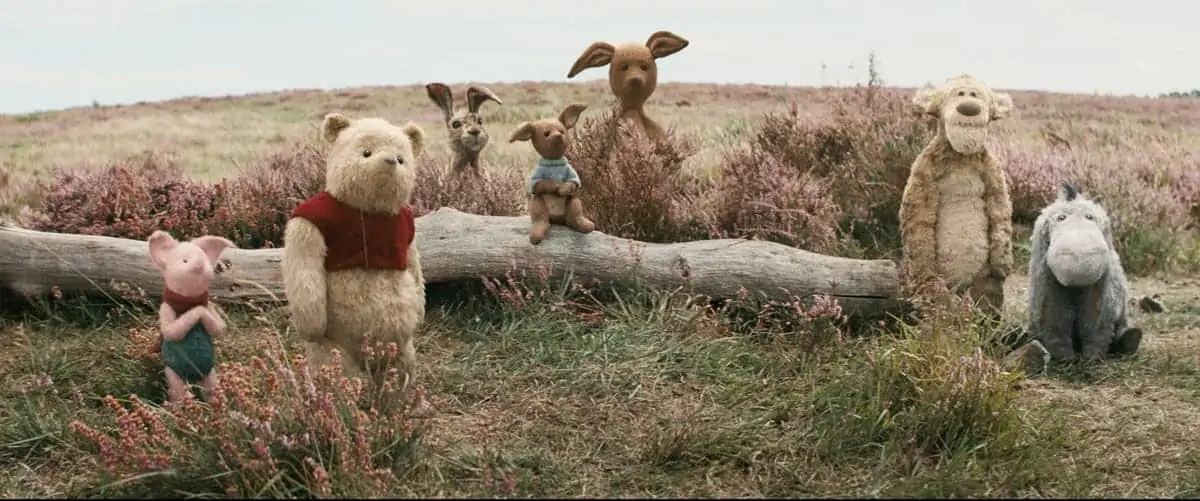
After filming, and then screening, appropriately atmospheric test footage on 65mm and 35mm film, Königswieser proved his point, and was duly given the go-ahead to use film.
For the dramatic entry into the Hundred Acre Wood and iconic Pooh Sticks Bridge scenes, the cinematographer selected a Panavision System 65 camera, fitted with a combination of Ultra Panavision lenses and spherical glass. For other associated takes and scenes, he shot with a 35mm Panavision Millennium XL camera, using mainly a set of G-series Anamorphics, specially-optimized by Panavision to allow the blacks to open-up and deliver a slight bloom on highlights. As part of the alchemy to marry the digital and analogue images together, Königswieser utilised vintage C-series Anamorphics for the digital portions of the shoot, captured using ARRI Alexas, to have a similar effect.
“I knew that this selection of 65mm and 35mm glass would perform well with film, especially the tuned G-series, whilst producing a more modern look to which I could meld the digitally-acquired parts of the movie,” he says.

"With celluloid, the presence of nature, the subtlety of colour, are so much more real, organic and true than you can get from digital in its current form."
- Matthias Königswieser
As for his choice of filmstocks, Königswieser opted to “keep it very simple,” choosing 65mm and 35mm versions of Kodak Vision 3 250D and Kodak Vision 3 500T (5219) as his main stocks, plus a small amount of Kodak Vision 3 50D.
As he explains, “I used the 250D on most of the general daylight scenes, when it was sunny, as well as overcast. On the occasional really bright day, I went with Kodak 50D. I used the 500T for all of the lower-light situations – late afternoons, evenings and times when the depths of the forest became really dark. I preferred a low-contrast image for this production and, in this regard, used Ultra Contrast filtration on almost all of the filmed shots. To ensure the textured, naturalistic look we wanted, we shot nearly every scene in available light, with very little supplementary illumination.”
The 65mm negative was processed at Fotokem in Los Angeles, while the 35mm was developed at Kodak Film Lab London, which is based on the lot at Pinewood Studios.
“Kodak stock has a colour palette that I really like – and the results from our film shoot looked natural and faithful, with a weight of colour saturation that was simply beautiful to behold. The blacks were rich and the skin tones accurate. The 65mm footage we shot for Christopher Robin is undeniably the most beautiful thing I have ever seen,” declares Königswieser.
“With digital, as you are shooting 1s and 0s, there’s an element of fakery, and there’s often a struggle to achieve a similar, organic quality. So you have to actively step-on the digital material on-set. I did this by using an alternative combination of lenses, exposure and lighting, as well as textural treatments to the set design and costume. The result was that we arrived at base aesthetic where the look of the digital footage could be smudged and melded to match the filmed material in the final colour grade.”
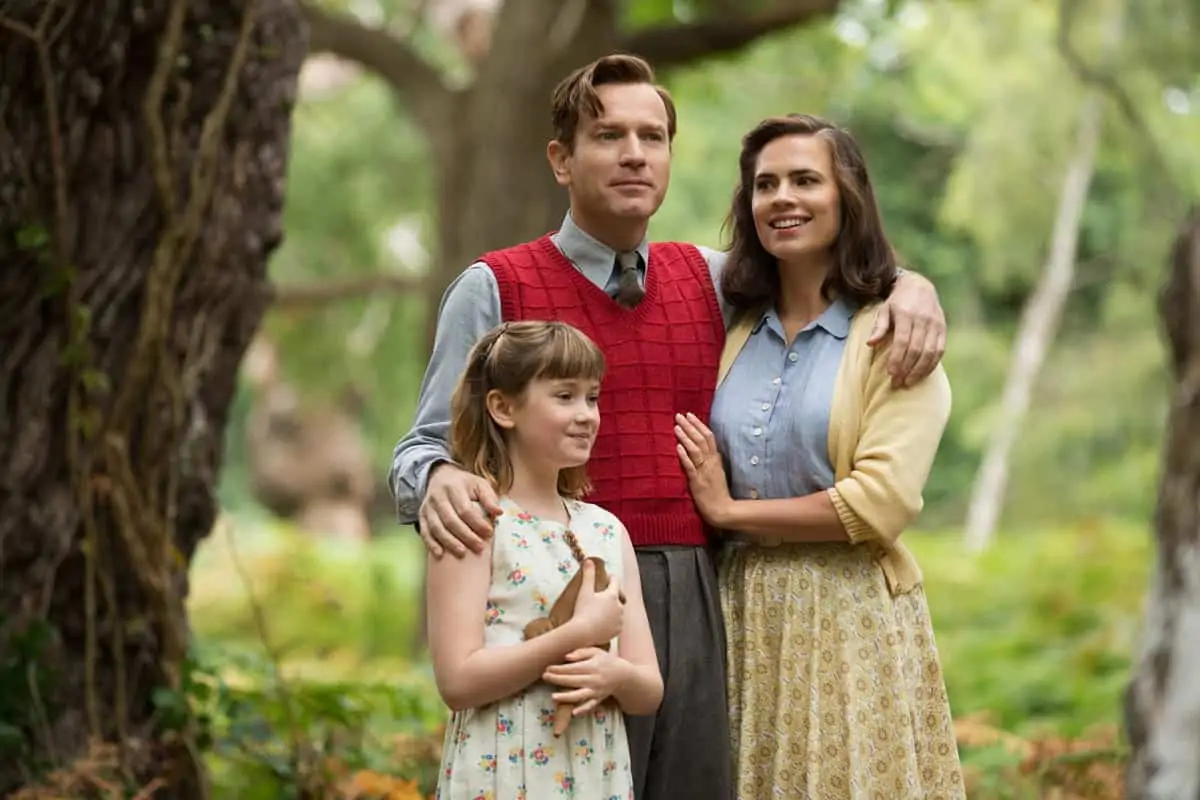

Königswieser conducted the DI grade with colourist Sofie Borup at CO3 in Los Angeles. Christopher Robin contains over 1,400 VFX shots – captured on film as well as digital – that were created from multiple passes, variously involving stuffed stand-in toy figures, the real actors performing to cues, and CG animation.
“We focussed a degree of our DI work to make sure the VFX shots felt correctly planted,” he states. “But the final results look great and you cannot see the join between the filmed, digital and computer-generated imagery. It only goes to show that analogue film is still a perfectly viable creative option in a digital world.”





